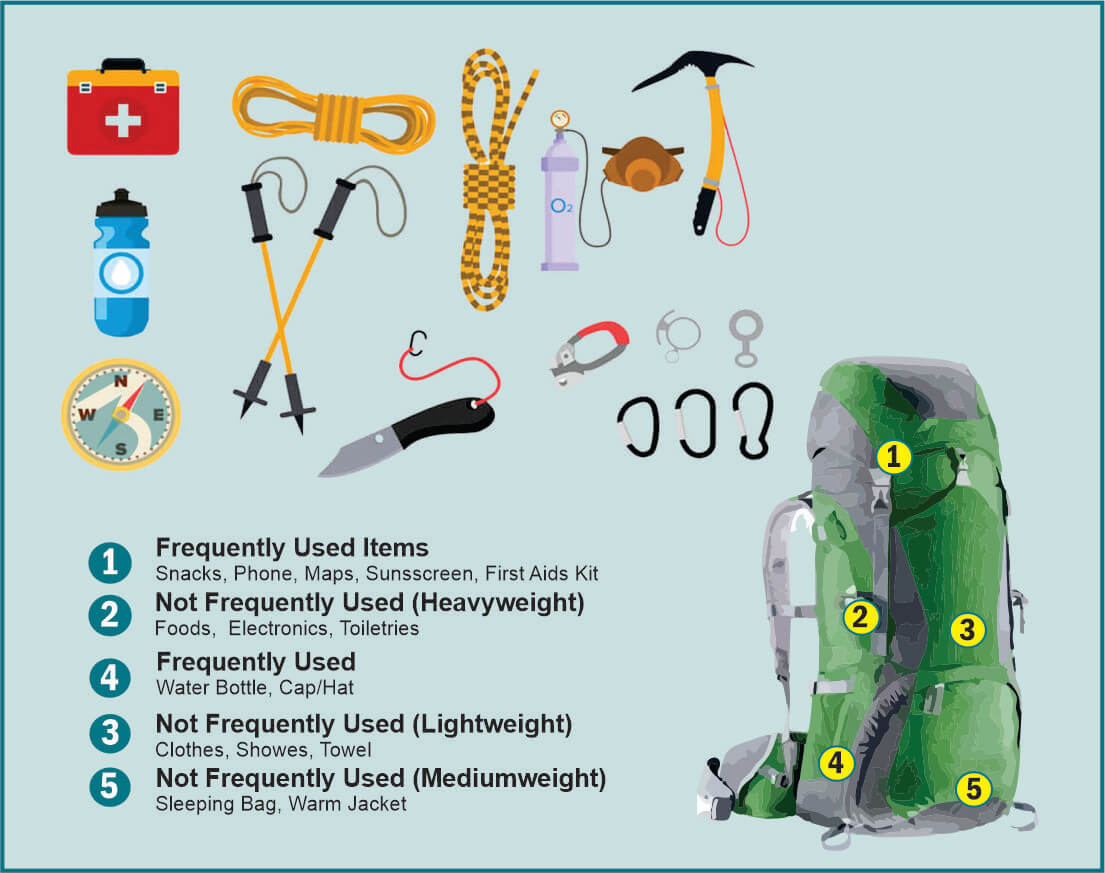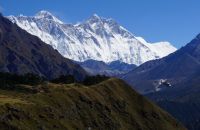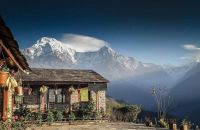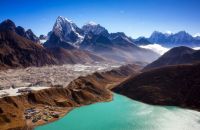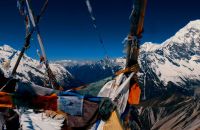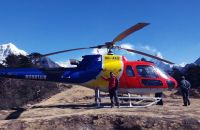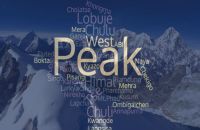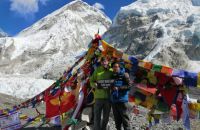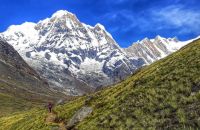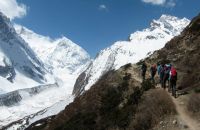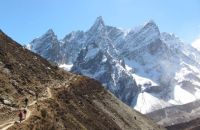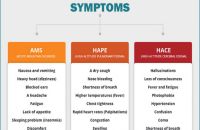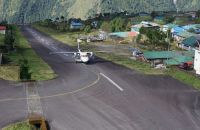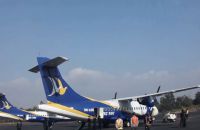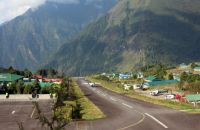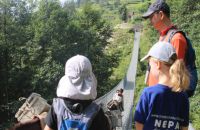Talk with our local travel specialist who can help organize your trip.
Packing List for Trekking in Nepal Below 3500m
When preparing for your trek in Nepal below 3500m, it's important to consider various factors such as the time of year, the duration of your trek, and the altitude you'll be reaching. These factors will affect the temperature and your personal needs, so pack accordingly. While the list below contains useful items, you may not need everything.
We recommend doing some research on the day-to-day temperatures and weather patterns and pack wisely to save space and avoid extra baggage fees. Your porter will carry your luggage with a weight limit of 33 pounds or 15 kg, but you'll need to carry a day-pack with your valuables. You can leave any extra luggage at your hotel, as most offer secure storage for free. Just remember to lock your luggage properly before leaving it.
Important Documents And Items
- Valid passport, 2 extra passport size photos, airline tickets
- Separate photocopies of passport, visa form (easily obtained at Tribhuvan International Airport, Kathmandu), proof of insurance
- Dollars, Pounds or Euros in cash for purchasing Nepalese visa at Kathmandu airport, for paying for restaurants and hotels, for gratuities, snacks, and to purchase your own drinks and gifts
- Credit cards, Bank/ATM/Cash machine cards for withdrawing funds from cash machines (bring a photocopy of your cards), traveler's checks, etc.
- Nepalese currency while trekking to buy snacks and other items en route
Altitude and Seasonal Temprature
What To Pack?
Head
- Bandana or headscarf, very useful for dusty conditions
- Beanie
- Wide-brimmed sunhat
- Neck gaiter or warmer
- Headlamp with extra batteries and bulbs
- Sunglasses (better to UV protection in winter time)
- Prescription sunglasses (if required)
Upper Body
- Long sleeve shirts
- T-shirts
- Lightweight thermal tops
- Fleece wind-stopper jacket or pullover
- Waterproof (preferably breathable fabric) shell jacket
- Gore-Tex jacket with hood, waterproof and breathable
Hands
- A pair of lightweight poly-liner gloves or lightweight wool or fleece gloves.
Lower Body
- Non-cotton underwear briefs
- Hiking shorts and hiking trousers
- Lightweight thermal bottoms
- Fleece or woolen trousers/ waterproof shell pants, breathable fabric.
Feet
- Lightweight inner socks, heavy poly or wool socks and cotton socks
- Good quality hiking boots (sturdy soles, water-resistant, ankle support, “broken in”)
- Running shoes and rubber sandals/flip-flops (if necessary)
Sleeping
- Sleeping Bag – The type of sleeping bag you carry will depend on where and when you choose to trek. For treks up to 3500 meters, a lightweight 2 season (ideal for minus 5°C to 10 °C) sleeping bag will be good enough. If you are not too finicky about using the blankets in teahouses, you can skip carrying the bulky sleeping bag altogether. You can carry a liner and layer the blanket over it. If you feel cold, you can wear your warm clothes to bed or request for extra blankets.
Rucksack and Travel Bags
- A small daypack/backpack(30L) for carrying your valuables, should have good shoulder padding
- Large duffel bag
- Small padlocks for duffel-kit bags
- Waterproof covers
Medical
- Small, personal first-aid kit (simple and light)
- Aspirin, first-aid tape, and plasters (Band-Aids)
- Skin-blister repair kit
- Anti-diarrhea pills
- Paracetamol
- Cough and/or cold medicine
- Stomach antibiotic: Ciprofloxacin, etc. Do not bring sleeping pills as they are a respiratory depressant.
- Throat lozenges
- Water purification tablets or the water filter
- Earplugs
- Lip guard, sunscreen, eye drops
- Extra pair of prescription glasses, contact lens supplies
Practical Items
- Small roll of repair tape, sewing-repair kit
- Cigarette lighter / small box of matches
- Compass or GPS (optional)
- Alarm clock/watch
- Camera with extra SD cards and batteries
- Large Ziploc bags
- 2 water bottles (1 liter each)
- Small folding or Swiss knife
- Binoculars (optional)
- 4 large, waterproof, disposable rubbish sacks
- Socket adapter Type C (with circular pins)
Toiletries
- Medium-sized quick-drying towel
- Toothbrush/paste (preferably biodegradable)
- Multipurpose soap (preferably biodegradable)
- Small sachets of shampoo
- Deodorants
- Nail clippers
- Face and body moisturizer
- Female hygiene products
- Small mirror
Personal Hygiene
- Wet wipes (baby wipes)
- Tissue /toilet roll
- Anti-bacterial hand wash
- Hand sanitizer
Extras/Luxuries
- Reading book
- Trail map/guide book
- Journal and pen
- iPod
- Playing cards (to help you pass the time at teahouses and/or camps)
- A modest swimsuit
- Binoculars (optional)
- Your National Flag to capture from the top on the trek (optional)
Sleeping bag, down jacket, trekking poles, backpack, etc. can be rented or bought in Kathmandu.
Conclusion
In conclusion, Trekking in Nepal is an amazing adventure, but it requires careful planning and preparation to ensure a safe and enjoyable experience. By packing the right gear and taking into account various factors such as the time of year and altitude, you can be well-prepared for your journey. Remember to do your research, pack wisely, and take advantage of the storage options available to you. With these tips in mind, you'll be ready for an unforgettable trekking experience in the beautiful country of Nepal.
- Written by: Naba Raj Amgai
- Updated: Sunday Mar 5, 2023

